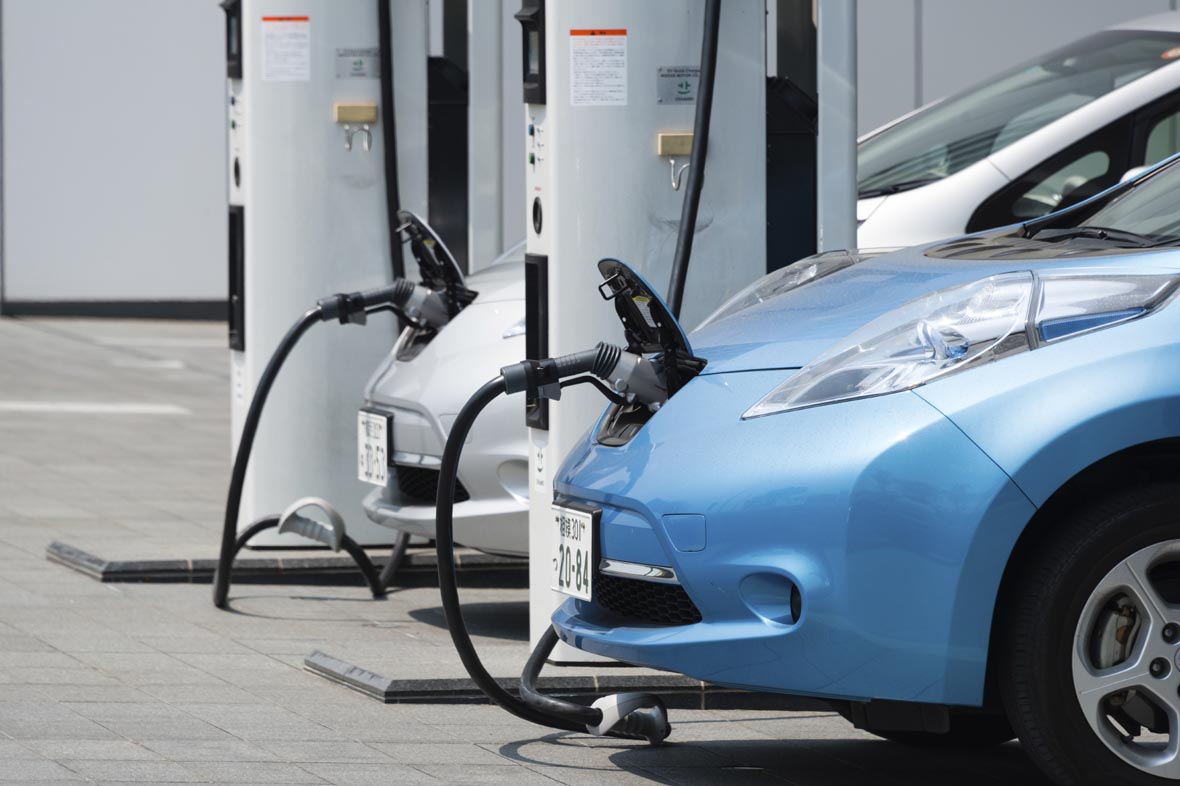Back in 1996, President Bill Clinton famously declared that the federal government was “ending welfare as we know it.” But when it comes to welfare for the companies that make electric vehicles and the wealthy motorists who buy EVs, the government’s largesse appears never-ending.
“Lackluster [electric vehicle] sales aren’t due to shortages of hype or taxpayer money...Why don’t car buyers buy more EVs? They cost too much.”
In February, the Obama administration said that it wants a $10-per-barrel tax on oil to fund transportation-infrastructure projects, including more EV charging stations. In March, Oregon adopted a sweeping renewable-energy bill that will require the state’s electric utilities to build more EV charging stations.
Policymakers may want more EV charging stations, but car buyers, who are noticing falling prices at the pump, are staying away in droves. Last year, sales of EVs and plug-in hybrid vehicles (PHVs) totaled 116,099 units, or just 0.6% of the 17.5 million cars and light trucks sold. In 2014, EV/PHV sales were slightly higher, at 122,438 units, but they still accounted for only 0.7% of the 16.5 million new cars and light trucks sold.
Sure, lots of people have pre-ordered Tesla Motors’ much-hyped Model 3. Some 325,000 customers have plopped down $1,000 to reserve one of the cars, which are supposed to be available at the end of 2017. But even if Tesla is able to build several hundred thousand Model 3s — and given the company’s record of production delays, that’s a very big if — those sales will still be a drop in the automotive-sales bucket.
Lackluster EV sales aren’t due to shortages of hype or taxpayer money. In early 2011, theDepartment of Energy claimed that Nissan would be selling 100,000 of its Leaf EVs by 2015. Instead, the company sold 17,269. For comparison, Ford sold about 780,000 F-series trucks last year.
Put another way, Ford sold as many F-150s and other pickups every eight days as Nissan sold Leafs the entire year. Adding to Nissan’s woes: the company recently recalled nearly 47,000 Leafs to fix a brake problem.
Why don’t car buyers buy more EVs? They cost too much. A recent paper published by MIT energy economist Christopher Knittel, along with two University of Chicago faculty, Michael Greenstone and Thomas Covert, determined, “The price of oil would need to exceed $350 per barrel before the electric vehicle was cheaper to operate.” Their findings confirm a 2012 report by the Congressional Budget Office, which estimated that the lifetime cost of owning an EV or PHV is $16,000 to $19,000 more than that of a conventional car.
So who is buying EVs? Let’s look at Tesla’s Model S, the most popular EV in America, which has a starting price of $71,100. Last year, Tesla sold 25,202 of them, meaning that the Model S accounted for about 22% of domestic EV sales. A 2013 analysis found that Tesla buyers have an average household income of $293,000.
Meanwhile, buyers of the Ford Focus EV have average household incomes of $199,000. Thosewell-heeled EV buyers are entitled to a $7,500 federal tax credit, and fourteen states provide additional incentives like rebates and carpool-lane access.
Median US household income is now about $54,000 per year. Thus, taxpayers are providing direct subsidies (in the form of tax credits and rebates) and indirect subsidies (through publicly funded charging stations) to EV buyers who have incomes that are far above the U.S. average.
This was confirmed last year by Severin Borenstein and Lucas Davis of the University of California at Berkeley, who found that buyers who have incomes in the top 20% of all taxpayers are claiming 90% percent of federal EV tax credits.
At a time when Sen. Bernie Sanders and other politicians are raging about income disparities, it’s absurd to subsidize niche-market vehicles that are little more than driveway jewelry for the well-to-do. As for the rhetoric that soon — real soon — electric vehicles are going to be cost-competitive with conventional vehicles, don’t believe it.
The history of the electric car is a century of failure tailgating failure. Sure, batteries are getting better. But so, too, are internal combustion engines. For example, Toyota recently introduced a new turbo-diesel engine that’s 15% more fuel-efficient than its predecessor, and the company plans to sell about 700,000 of them this year.
It’s time to unplug EV subsidies. Rich and not-so-rich motorists should buy the cars that they like without depending on subsidies from their fellow taxpayers.
This piece originally appeared in Investor's Business Daily
This piece originally appeared in Investor's Business Daily
